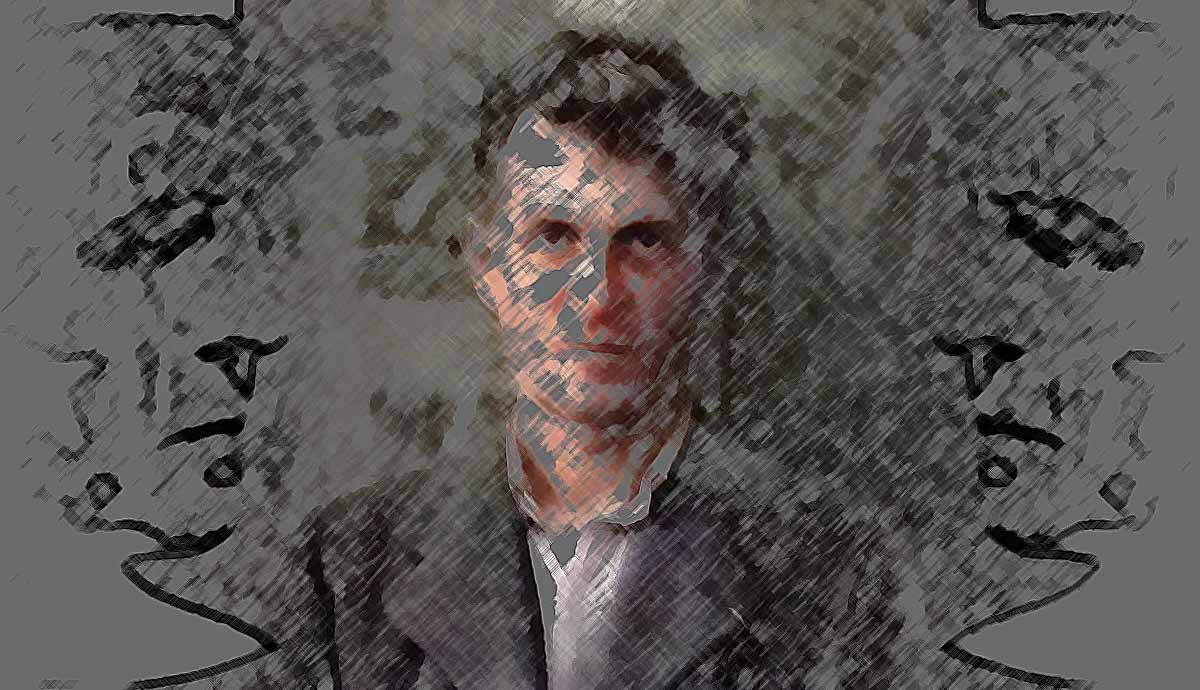saw this tweet from Nassim Taleb:
That ChatGPT passes exams is much more a reflection on exams than information about ChatGPT.#WittgensteinsRuler
— Nassim Nicholas Taleb (@nntaleb) April 1, 2023
The hashtag made me wonder: is he simply paying homage to Wittgenstein or did the philosopher actually write the rule?
So I went and looked at Tractatus Logico-Philosophicus and yes, Bertrand Russell's pupil did write the rule.
One distinction between what Taleb writes in Fooled by Randomness and what Wittgenstein gets at in Tractatus is that the former deals with the practicalities (and sarcasm) of daily life, whereas Tractatus is onto the ontological, epistemological, and linguistic.
Here is Taleb's quote:
“Unless you have confidence in the ruler’s reliability, if you use a ruler to measure a table you may also be using the table to measure the ruler.” — Nassim Nicholas Taleb, Fooled by Randomness
And here is Wittgenstein's:
2.15 That the elements of the picture are combined with one another in a definite way, represents that the things are so combined with one another.
This connexion of the elements of the picture is called its structure, and the possibility of this structure is called the form of representation of the picture.
2.151 The form of representation is the possibility that the things are combined with one another as are the elements of the picture.
2.1511 Thus the picture is linked with reality; it reaches up to it.
2.1512 It is like a scale applied to reality.
2.15121 Only the outermost points of the dividing lines touch the object to be measured.
2.1513 According to this view the representing relation which makes it a picture, also belongs to the picture.
2.1514 The representing relation consists of the co-ordinations of the elements of the picture and the things.
2.1515 These co-ordinations are as it were the feelers of its elements with which the picture touches reality.
2.16 In order to be a picture a fact must have something in common with what it pictures.
In the picture and the pictured there must be something identical in order that the one can be a picture of the other at all.
2.17 What the picture must have in common with reality in order to be able to represent it after its manner -rightly or falsely- is its form of representation.
2.171 The picture can represent every reality whose form it has. The spatial picture, everything spatial, the coloured, everything coloured, etc.
